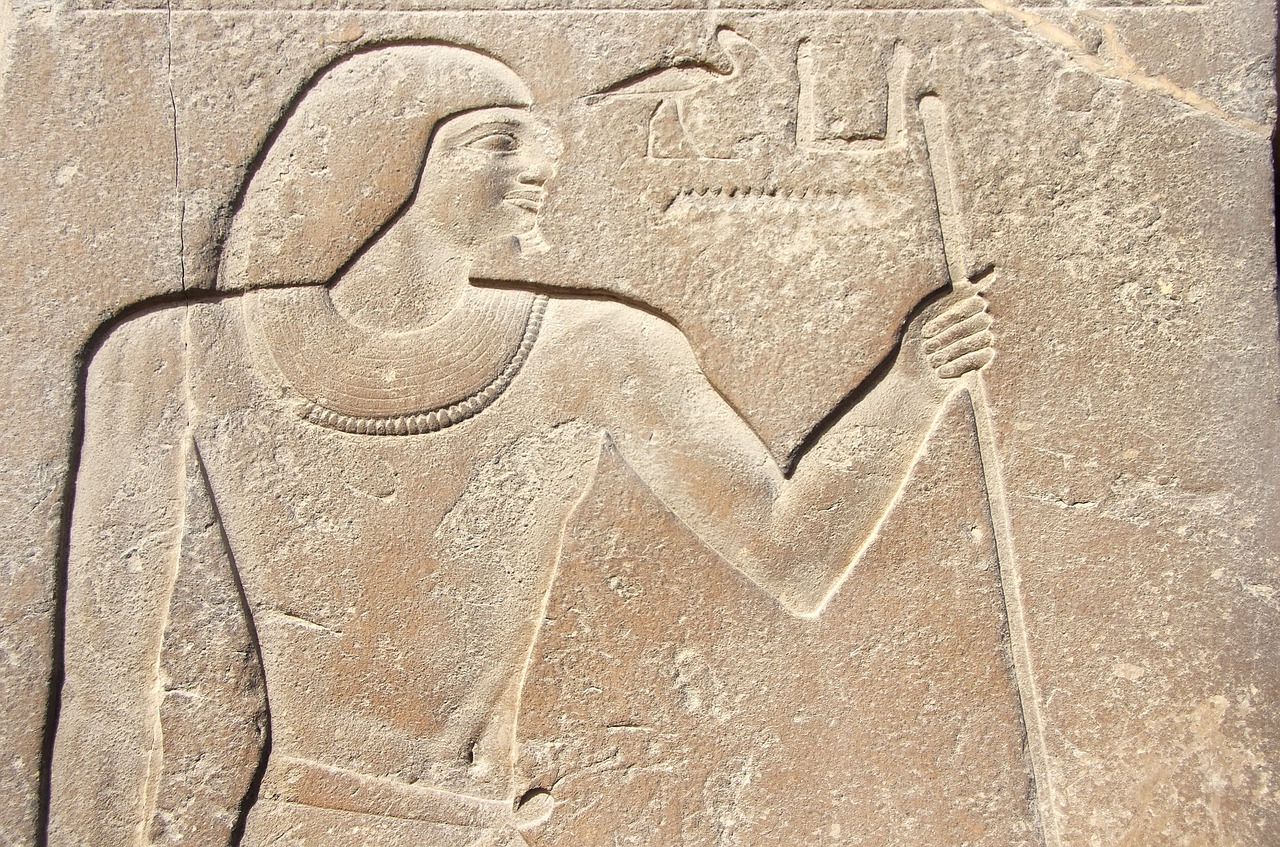As part of the archaeological documentation and the project of registration of rock tombs in the necropolis of Al-Hamdiya in the Eastern Mountain in Muhafaz Sohag, the archaeological mission of the High Council of Antiquities managed to uncover a large number of rock tombs.
General Secretary of the High Council of Antiquities Mustafa Waziri said that in these tombs there are several models of about 250 tombs engraved on several levels of the mountain.
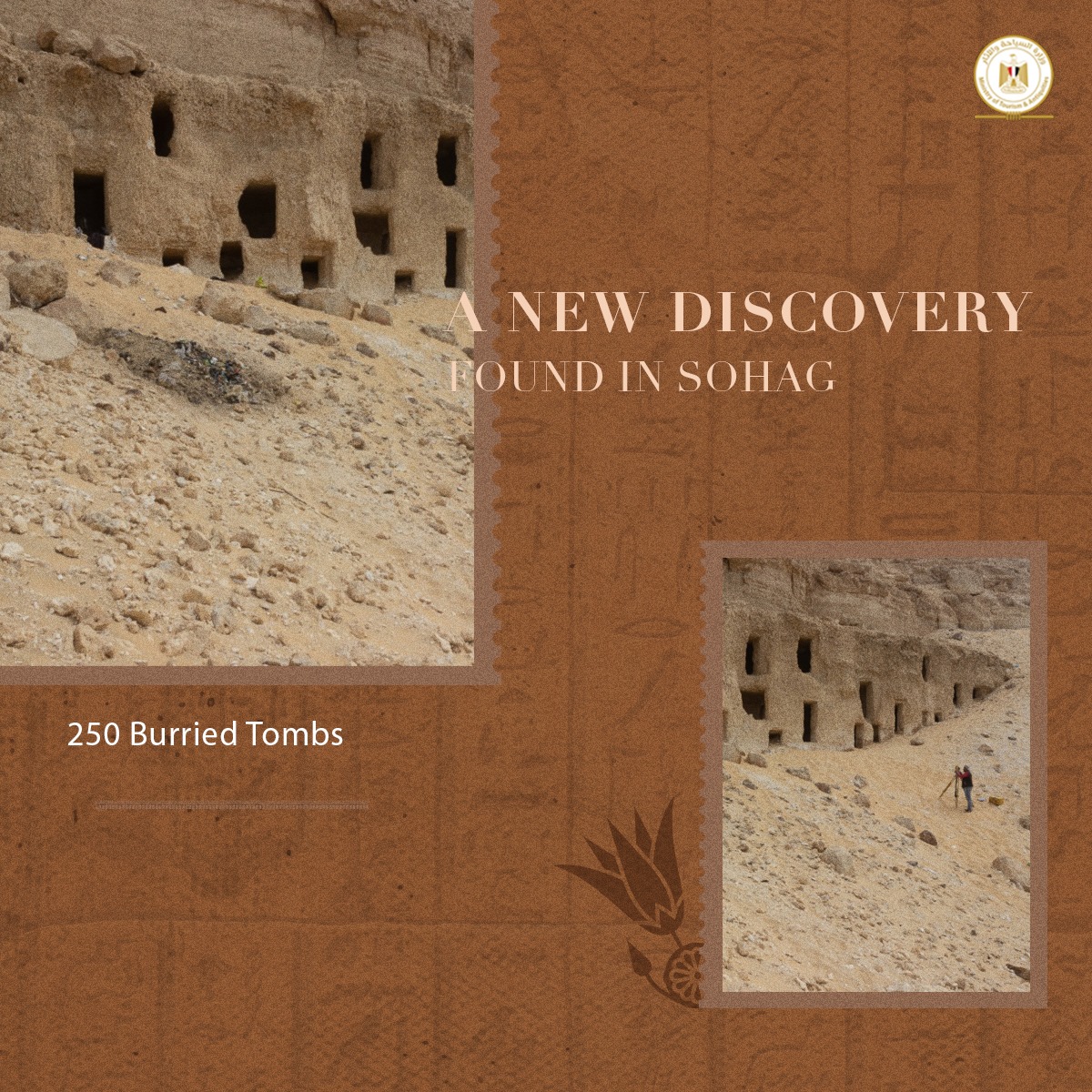
These included tombs with a well or several wells and others with a ramp ending in a burial chamber. These tombs date from the end of the Old Kingdom to the end of the Ptolemaic period.
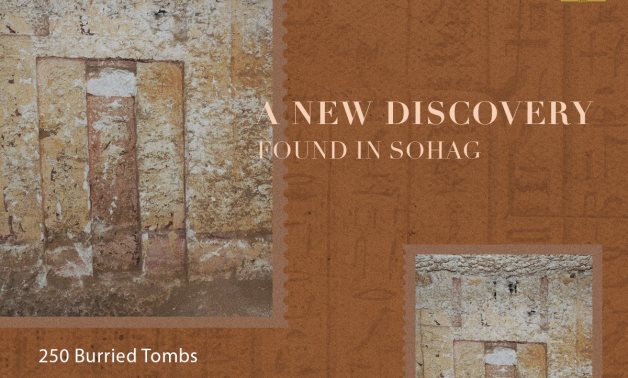
He noted that one of the discovered models is a tomb dating from the end of the Old Kingdom, which consists of an entrance leading to the cross hall and a tomb on the south-east side, which is a sloping passage leading to a small burial chamber. The shaft was reused in later eras.
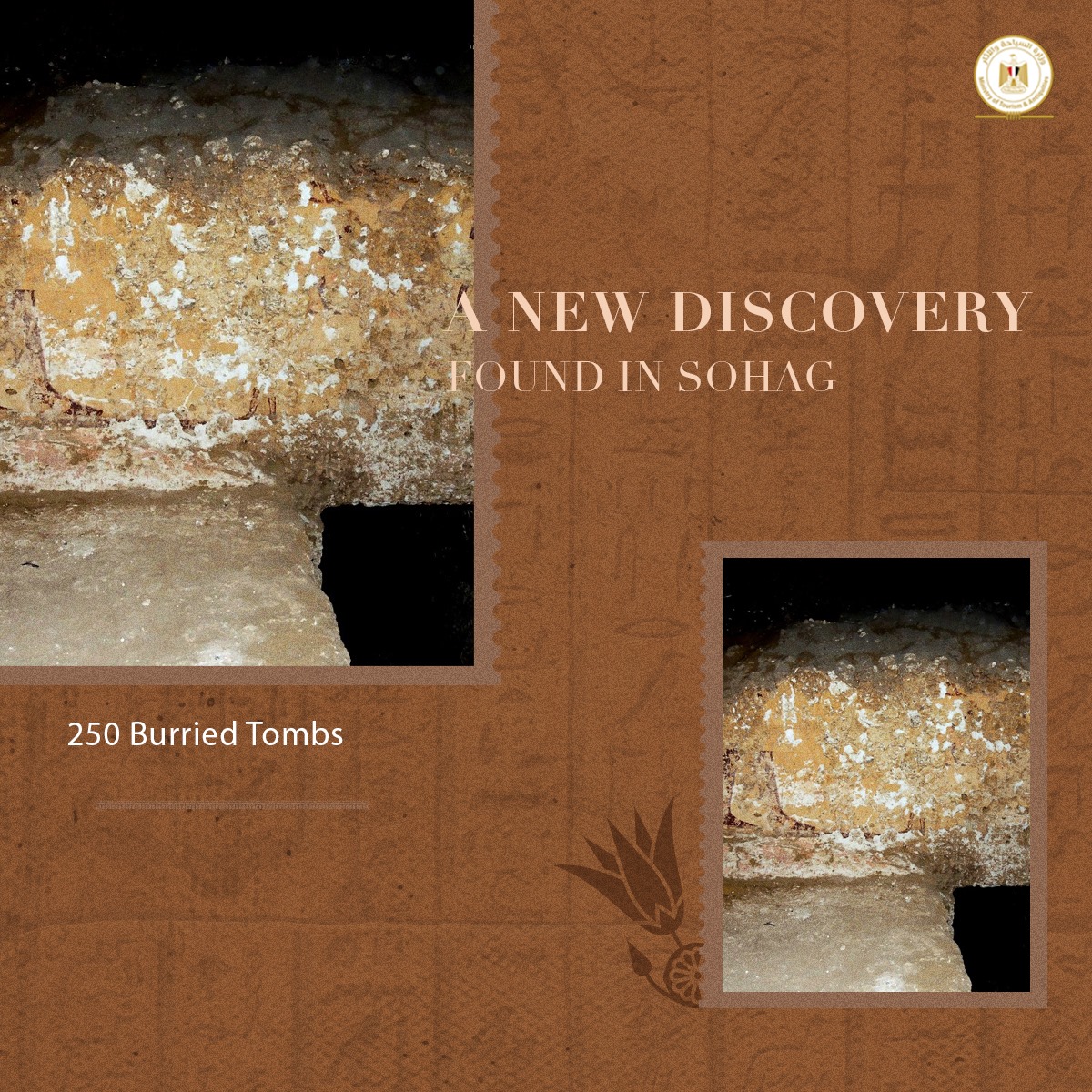
Moreover, Waziri explained that this tomb has an imaginary door with the remains of hieroglyphic inscriptions, in addition to the presence of remnants of scenes belonging to the owner of the tomb, which depicts him killing animals as a sacrifice and people sacrificing for the deceased.
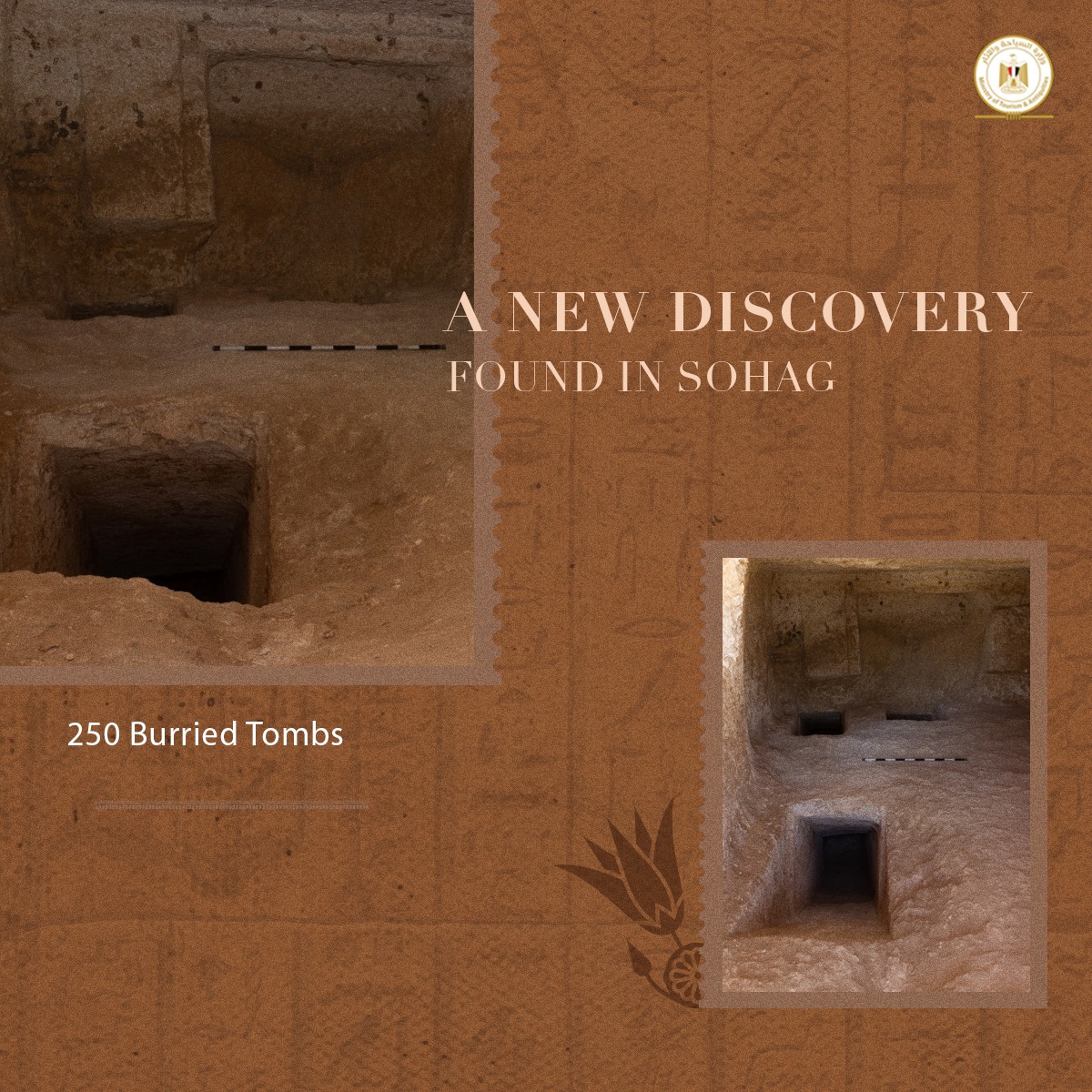
Mohammed Abdul Badi, head of the Central Department of Antiquities of Upper Egypt, said excavations in the area had uncovered many pottery pots, some of which were used in everyday life and others in funeral furniture as miniature symbolic masterpieces known as the “Vot Miniature”. are spherical small pots with yellowish remnants of a covering outside.

They also found many small alabaster pots, the remains of a round metal mirror, the remains of human and animal bones and many fragments of pottery representing cupids of the late era, in addition to the remains of limestone pieces with inscriptions that may represent funeral paintings of tomb owners dating to the late sixth dynasty.
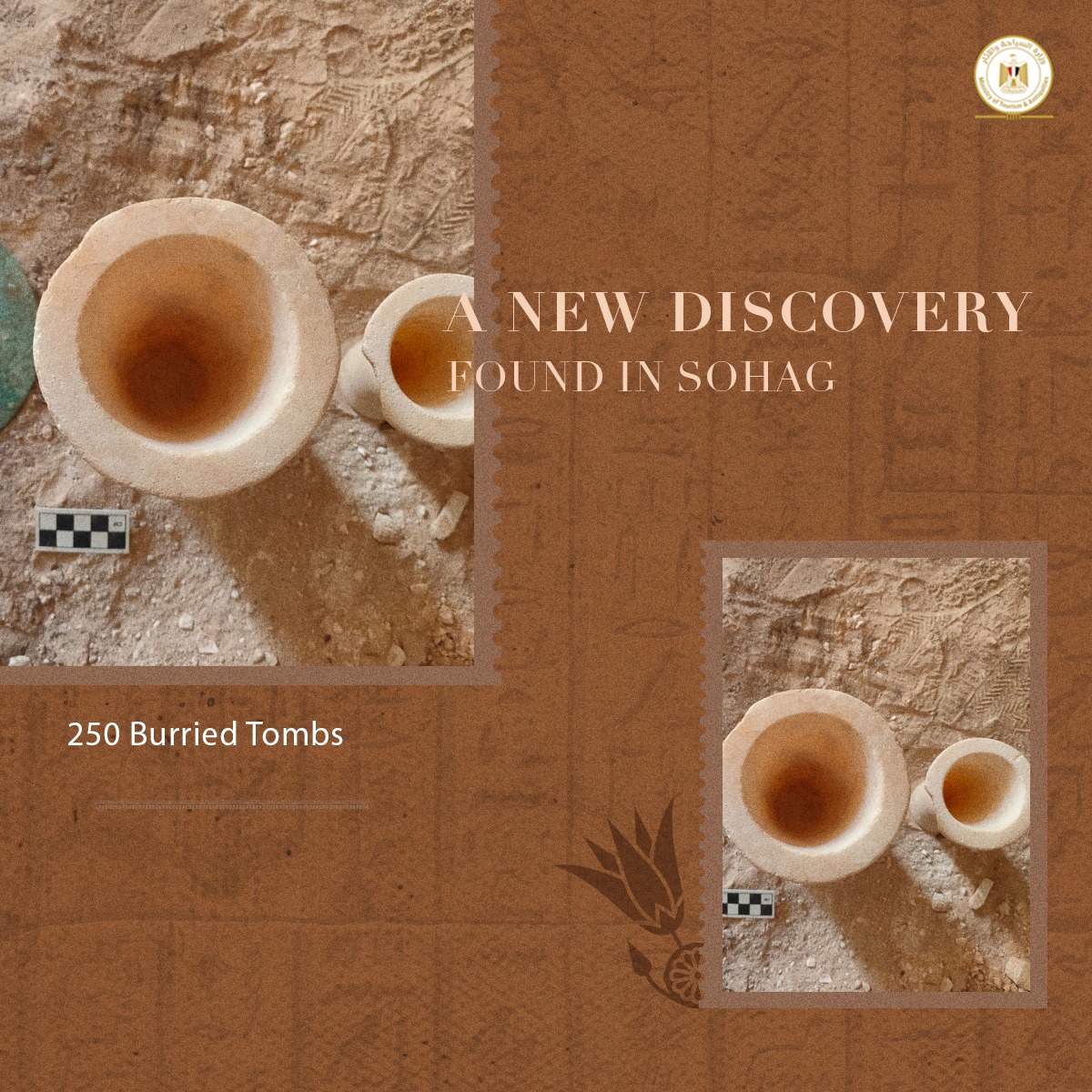
The project has registered and documented more than 300 tombs in the area, stretching from the Sheikhs of Nag in the north.
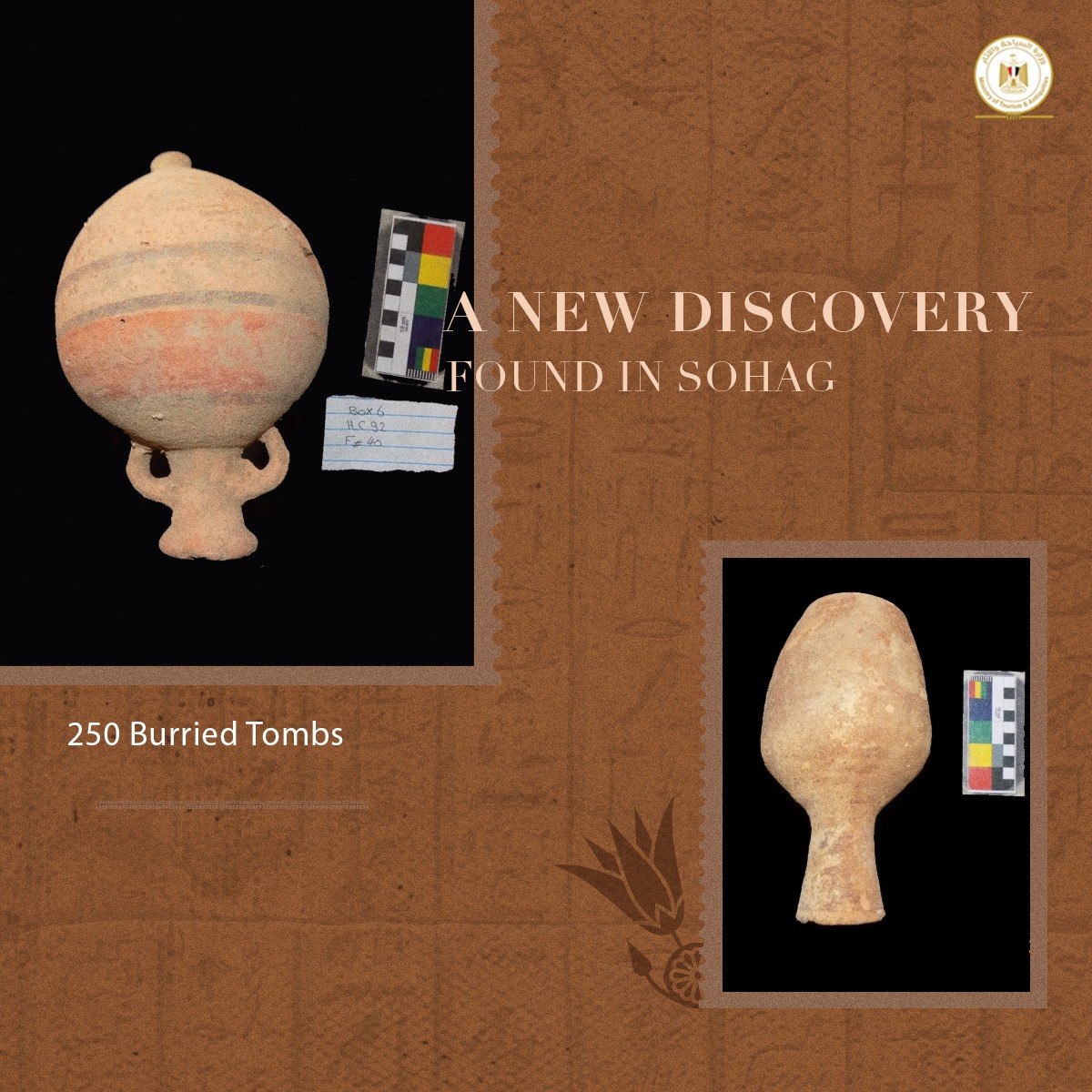
This collection of tombs represents the rulers and staff of the ninth province of Upper Egypt, which is one of the important administrative centers in ancient Egypt due to its location between the capital Manf and Aswan since ancient times, in addition to its proximity to the city of Abydos, the center of worship. God “Lake”. It was also the main center of the city of Ahmim, and the main god of the territory was “Min”.
He added that more tombs are expected to be found on more than one mountain level.

